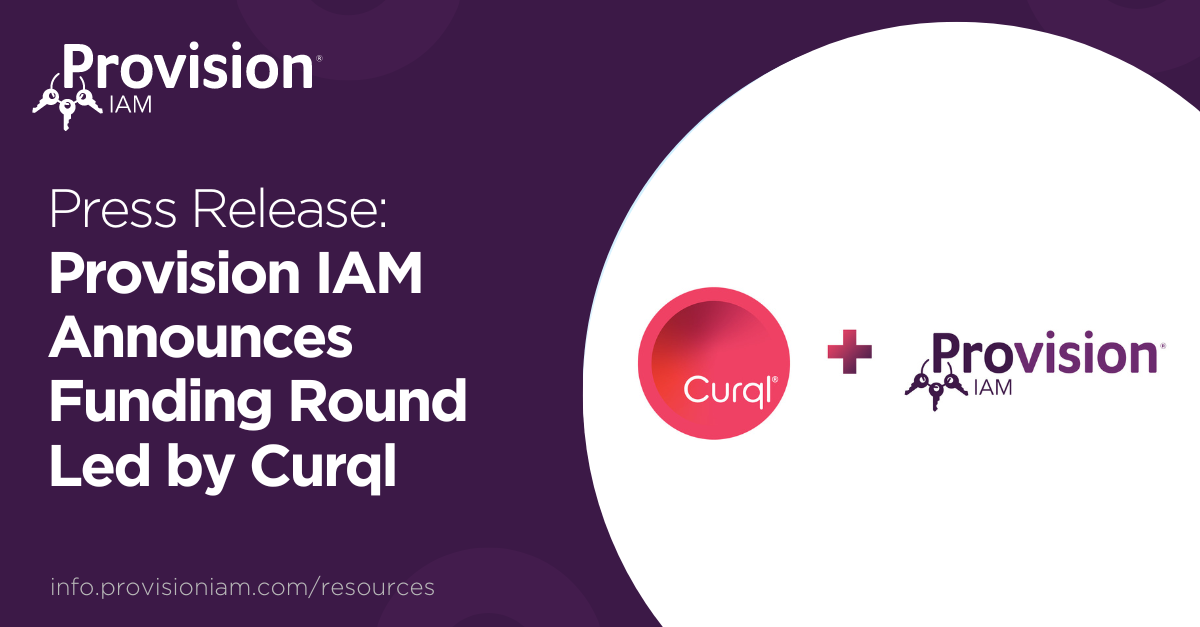Unlocking IAM Efficiency: The Power of Integrations
In today's digital landscape, community banks and credit unions face increasing pressure to protect sensitive data, streamline operations, and meet stringent regulatory requirements. A robust Identity and Access Management (IAM) solution is no longer a luxury, it's a necessity. But the true power of IAM is unleashed when it's seamlessly integrated with your institution's key systems.






.jpg)

.png)
.png)